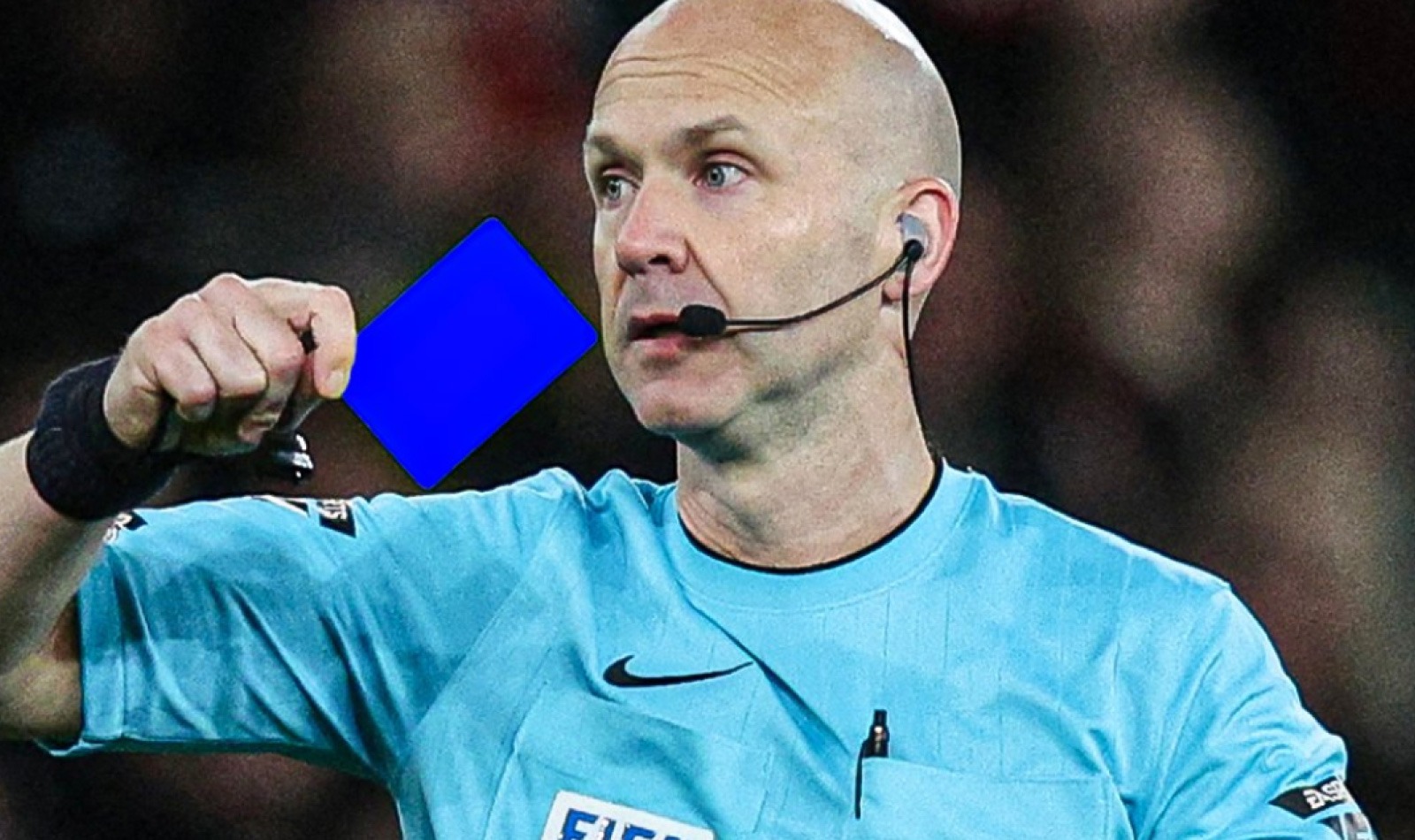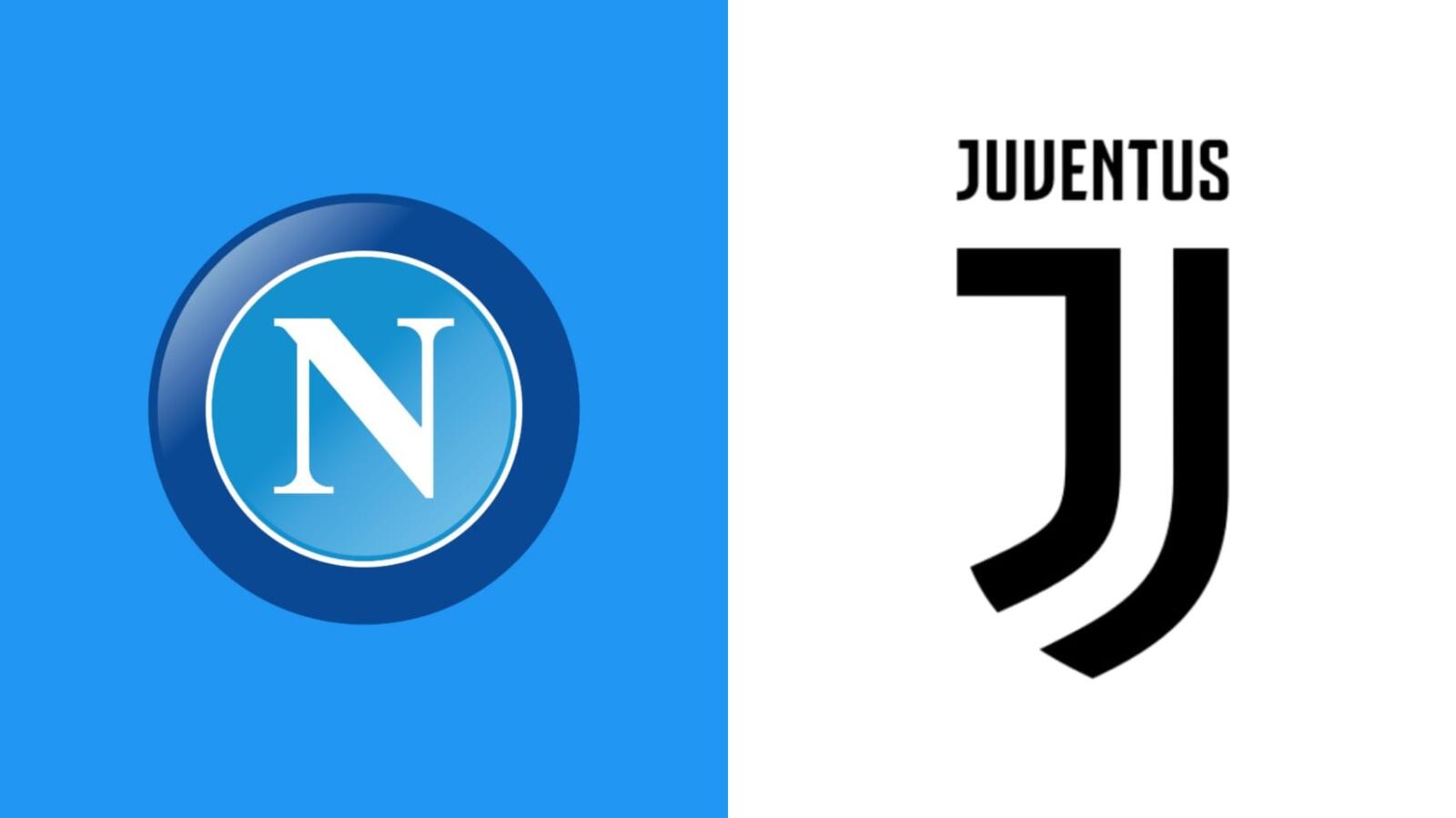After the recent white card, in the world of football a new card is about to arrive, joining the historic yellow and red ones. We're talking about blue card. This novelty is not just a symbol, but a real one tool in time.
How and when to use the Blue Card
Il blue card enters the scene as disciplinary tool to manage game situations in which a player manifests excessive protests or commits tactical fouls which do not endanger the physical integrity of the opponent but interrupt a promising action of the opponent.
The idea is to send the player in question off the field for 10 minutes, thus offering a chance to calm things down and bring attention back to fair play. It does not replace other penalties, but is positioned as a middle, aimed at correcting behaviors that are not seriously incorrect but still worthy of attention.
🚨 Revolution in the world of football. The blue card is born: it will lead to temporary expulsion for ten minutes in the event of serious fouls and/or harsh protests against the referee. It will be announced tomorrow by Ifab, the start of the second trial soon
— Gianmarco✍🏼 (@GianmarcoDaria) February 8, 2024
[@TeleFootball] pic.twitter.com/0tA1fDtun3
Advantages and benefits of the blue card
The adoption of the blue card introduces a series of benefits significant. Promotes one greater responsibility among players, who now have a concrete deterrent against non-violent but still harmful behavior for the flow of the game.
This temporary penalty paves the way for a more balanced gameplay dynamic, reducing interruptions and maintaining the intensity of the match.
For now I'm only testing in minor competitions
The trial of blue card start from the bottom, with the IFAB who chose to introduce this innovation initially in less exposed contexts such as the FA Cup. This test phase serves to evaluate the impact of the rule on the game and to collect feedback from players, coaches and referees.
The decision to start from minor competitions allows for refine the use of the blue card before a possible extension to higher levels, ensuring that its introduction in the football regulations is as much as possible harmonious and benefits for both those who play and those who follow the sport






